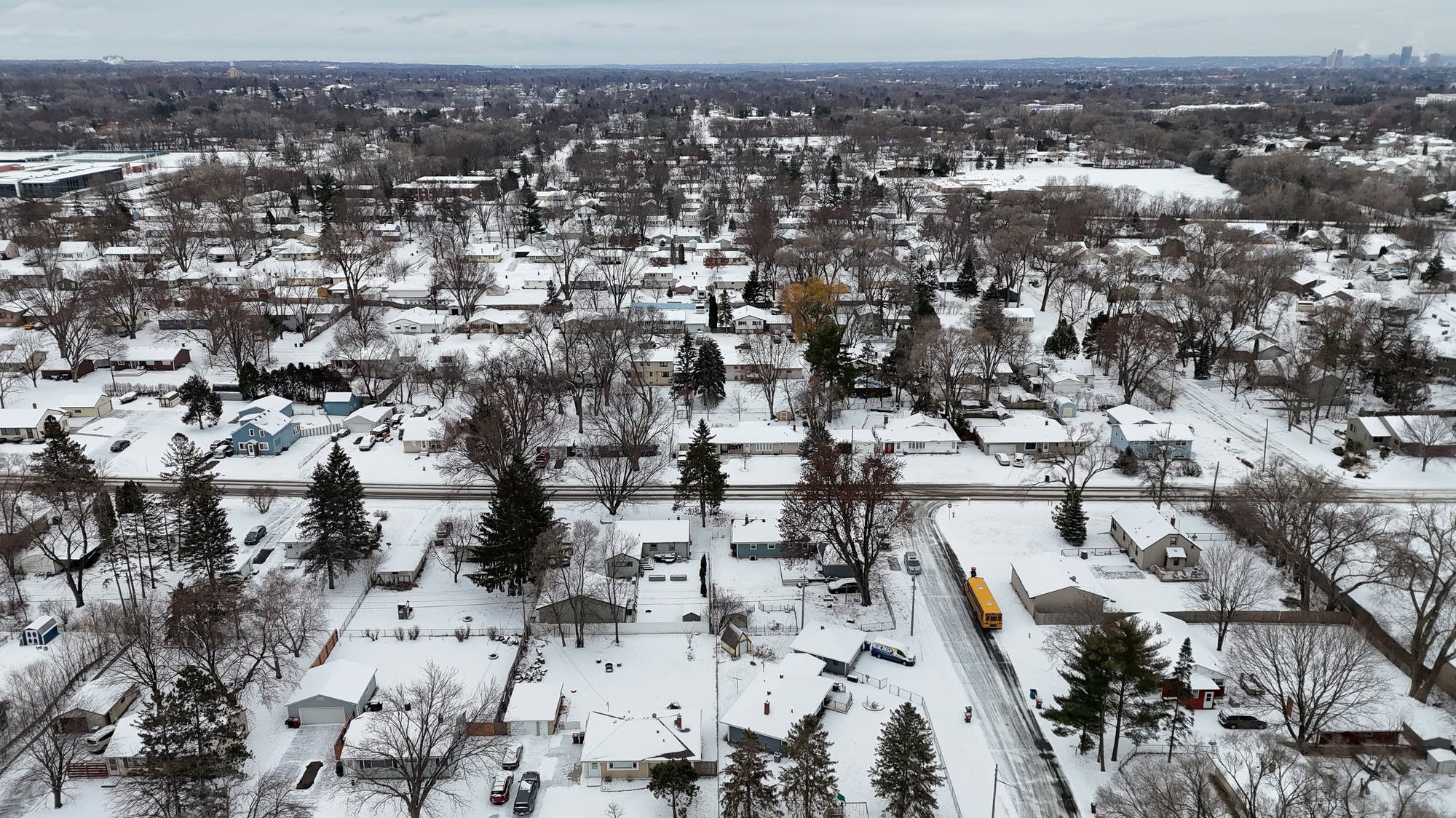
By Alex Schroeder | Marketplace
Minnesota developers popularized racist practices in the real estate industry that later spread across the country, according to historical records from the early 20th century.
With so-called “racial covenants,” real estate agents inserted legal clauses into deeds that barred owners from selling their property to Black people, along with other races, ethnicities and religions. The federal government later banned the practice.
Minnesota was not the first state with a racial covenant, but land developers in Minneapolis helped turn an uncommon and unsavory practice into a standard policy in the burgeoning real estate industry, according to historian Penny Petersen, who shared her findings on the Marketplace series “Unlocking the Gates.”
The first-known racial covenant in Minnesota came in 1910, when Edmund G. Walton, an English immigrant, and Henry Scott, a wealthy Iowan, inserted the language into a deed on a Minneapolis property in the Longfellow neighborhood.
MPR News helps you turn down the noise and build shared understanding. Turn up your support for this public resource and keep trusted journalism accessible to all.
That’s about 10 years before the practice became widespread, according to a report by the Federal Reserve Bank of Philadelphia.

The first-known racial covenant in a Minnesota deed, for a property on 35th Avenue South in Minneapolis.
Courtesy of Penny Petersen
Walton and Scott’s Seven Oaks Corporation later expanded the practice with deeds across Hennepin County.
At the start, the two worked to keep the racial covenants hidden, according to Petersen, who co-founded Mapping Prejudice, a Minnesota-based organization that has uncovered thousands of racial covenants. She said Walton likely questioned the legality of the covenants, since the 14th amendment guaranteed equal protection under the law for all Americans.
Petersen also said Walton may have put the deeds in the name of Scott, his out-of-state partner, to protect his standing in the community. Many of the early deeds with covenants were not recorded with the county until years after the transactions occurred, Petersen said. Because deeds without covenants were typically formalized with the county immediately, Petersen said she believes the delay was an attempt to keep the covenants under wraps.
But over the next few years, they became increasingly public and widespread.

Analysis and maps by Alyson Clary, graphic by Elisabeth Gawthrop | APM Research Lab. Data source: Mapping Prejudice
That’s in part because of the largest developer in Minneapolis at the time, Samuel Thorpe. Beginning in 1911, Thorpe spent a year as president of the organization that today is the National Association of Realtors.
As president, Thorpe likely interacted with one of the foremost evangelists of restrictive covenants, J.C. Nichols, who gave an address to the organization’s national convention in Louisville, Kentucky, in 1912.
In the address, which was published by the American Civic Association in Washington, D.C., later that year, Nichols told his colleagues he had previously been afraid to include racial covenants in deals. But now, he said, “I cannot sell a lot without them.”
Thorpe was paying attention, according to Petersen. In late 1912, Thorpe’s company created what Petersen called the “first fully covenanted addition” — or subdivision — in Minneapolis. Developers were now establishing entire neighborhoods that were off limits to people who weren’t white.
Even high-ranking state officials engaged in the practice. Shortly before becoming lieutenant governor, state legislator Thomas Frankson developed a subdivision in the Como Park neighborhood of St. Paul, which he advertised in newspapers.

An advertisement for Frankson’s Como Park addition appeared in the Minneapolis Tribune in 1913.
University of Minnesota
By 1924, the code of ethics for what is now the National Association of Realtors essentially banned realtors from selling property in white neighborhoods to people of color.
Three years later, the organization worked with the U.S. Department of Commerce to write a template for racial covenants that was later adopted for use in deeds across the country.
Nearly 40 years after Walton made the first-known racial covenant in Minneapolis, the federal government finally neutered the practice.
In 1948, the U.S. Supreme Court ruled that racial covenants were unenforceable. In 1953, the Minnesota legislature made them illegal at the state level, and the Fair Housing Act of 1968 did the same at the national level.
But the decades of structural discrimination did lasting damage.
The enforcement of racial covenants in the past led to increased home values in present day Hennepin County, according to an analysis by University of Toronto economist Aradhya Sood.
Racial home ownership disparities persist, too. About 77 percent of white families in Minnesota own homes compared to about 32 percent of Black families, according to an analysis by the APM Research Lab.
In 2020, the National Association of Realtors apologized for its racist practices of the past.
Two years later, the Minneapolis Area Realtors group issued its own apology and announced what it described as “corrective policy changes” it planned to implement.
“That’s an incredible spread in the housing disparity gap that we have,” Jackie Berry, who’s on the board of directors at Minneapolis Area Realtors, said in an interview. “If we’re talking about Minnesota, in comparison to other states, we are one of the worst with that housing disparity gap.”
One change Berry would like to see is a way to obscure buyers’ names during the homebuying process, to prevent bias from influencing sales.
Top officials in Minnesota government are also pushing for change. Peggy Flanagan holds the same position, lieutenant governor, that developer Thomas Frankson held more than 100 years ago. Flanagan is the highest-ranking Native American female politician in the country. She appears to be the first government official to call for an apology for the state of Minnesota’s role in perpetuating housing discrimination.
“I think that an apology is powerful,” she said. “But in the same way that I think things like land acknowledgements are powerful, if you don’t have policies and investments to back them up, then they’re simply words.”
Flanagan said she believes a recently passed law will help close the racial home ownership gap by providing millions of dollars in down payment assistance to first-time homebuyers.
She said investment “is one of the ways that we correct those wrongs.”
Listen to the Marketplace series Unlocking The Gates.






